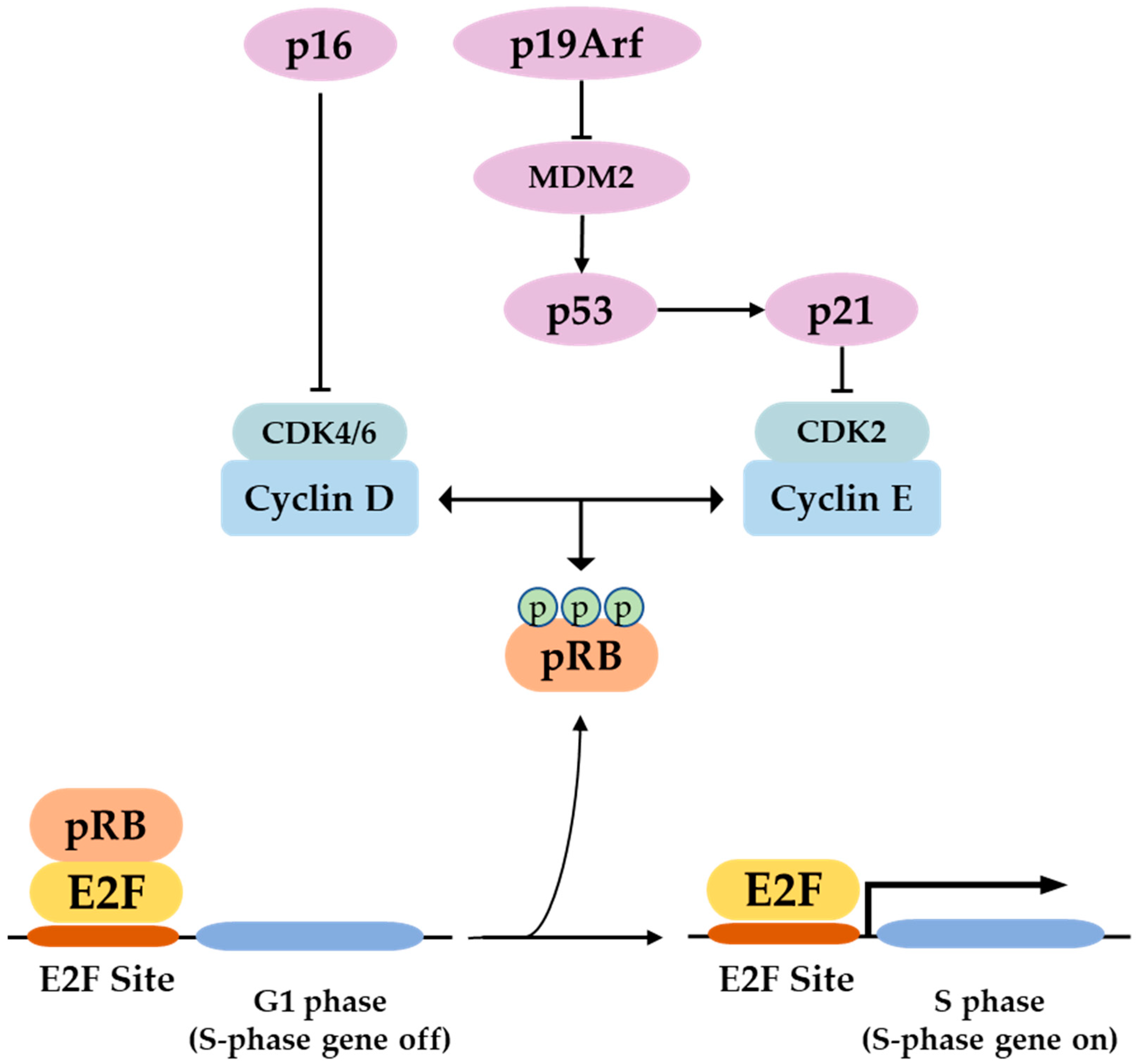The Tumor Suppressor p53 From Structures to Drug Discovery Biology Diagrams Overpopulation leads to an increased demand for housing, food, and resources, which can lead, among other things, to deforestation. We lose approximately 10 million hectares a year . This results in the loss of animal habitats and exacerbates climate change by reducing the amount of carbon dioxide that can be absorbed by plants. 1. Concern: How does overpopulation of animals affect biodiversity? Answer: Overpopulation of animals can lead to a decrease in biodiversity as it can disrupt natural ecosystems and outcompete native species for resources, leading to imbalances in the food chain. 2. Concern: What are the health impacts of overpopulation of animals on humans? To illustrate, the global food chain requires 1000 tons of grass to feed one human being for one year: "Three hundred trout are needed to support one man for a year. The trout, in turn, must consume 90 000 frogs, that must consume 27 million grasshoppers that live off of 1 000 tons of grass".

Pressure on standards. The rising population is expected to place "extreme pressure" on existing food systems, according to Charles Sissens, an analyst with information and analysis provider GlobalData. "As overpopulation takes hold, producers find themselves under pressure to meet amplified demand for food, thus placing vast constraints on production and distribution channels. The overpopulation leads to a state of food insecurity that induced the evolution of resource-exhaustive agriculture causing irreparable environmental damages. Now the challenge is to feed more

How does killing animals affect the food chain? Biology Diagrams
7. How does habitat destruction affect the food chain? Habitat destruction removes the base of the food chain - the plants, creating less space and fewer resources for animals to survive. When habitat is lost, animal populations decline, and the food chain is disrupted as the ecosystem loses its ability to support its normal complement of

Food chain disruptions from the loss of a single species can be ecosystem-wide, too: When sea otters decline, populations of sea urchins, a preferred otter food, can explode. The resulting overpopulation of kelp-munching urchins, meanwhile, can reduce kelp forests, threatening numerous marine species that rely on this habitat. Lack of Food. Lack of food occurs when there is a breakdown in the food chain due to overpopulation. This is typically a cause-and-effect relationship. For example, in ecosystems where carnivores die out or become extinct, herbivores begin to grow in numbers.

